User Interface
First Look
Here’ what GAC looks like when first opened (minus the red overlay):
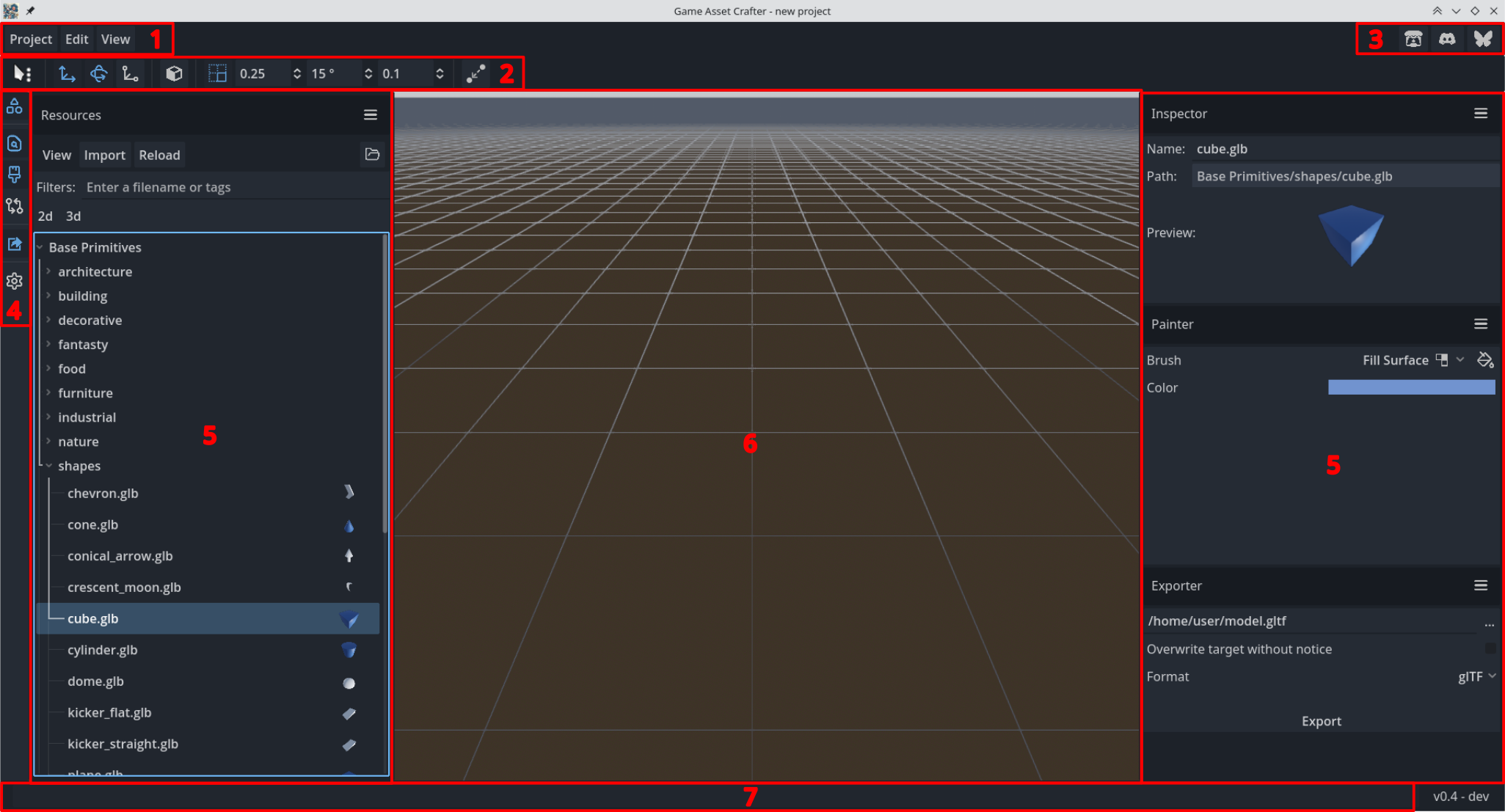
The interface is made of:
a top menu for project management, screenshots, and setting some options
a top toolbar with quick access to most useful tools to edit a model
shortcut links our socials, itch.io, discourse, bluesky - to give us feedback about your experience and get help
the vertical menu – vmenu – to quicly show/hide tools
a left & right panels with main editing tools – described below
the 3D scene - see there
a status bar for high level information
Tools
Tools are:
the inspector
the painter
the actions log
the exporter
the settings – self-explanatory
Moving Around The Scene
The scene is where your creation takes shape. Drag & drop resources from the resource explorer onto the scene, and use your mouse to move around:
left click + dragto pan the cameraright click + dragto rotate the cameramouse wheel up/downto zoom in/outshift + mouse wheel up/downto raise/lower the camera
Selection
A model can be selected by clicking on it. Shift+click adds/remove a model from the selection. Wheel click + drag allows for multiple selection at once.
Top Toolbar
use tools from the top toolbar to put them into position:
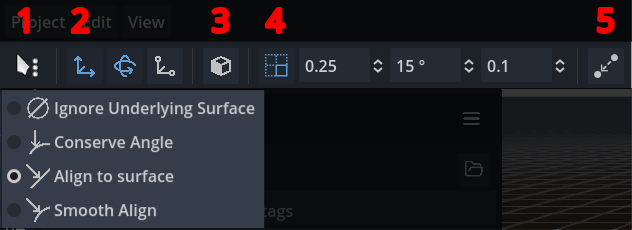
mouse dragging modes ⤵
gizmo transformations toggler ⤵
local/global changes toggle ⤵
grid snapping ⤵
vertex snapping tool ⤵
Mouse Dragging Modes
Ignore Underlying Surface drags the selection on a horizontal plane centered on the selection.
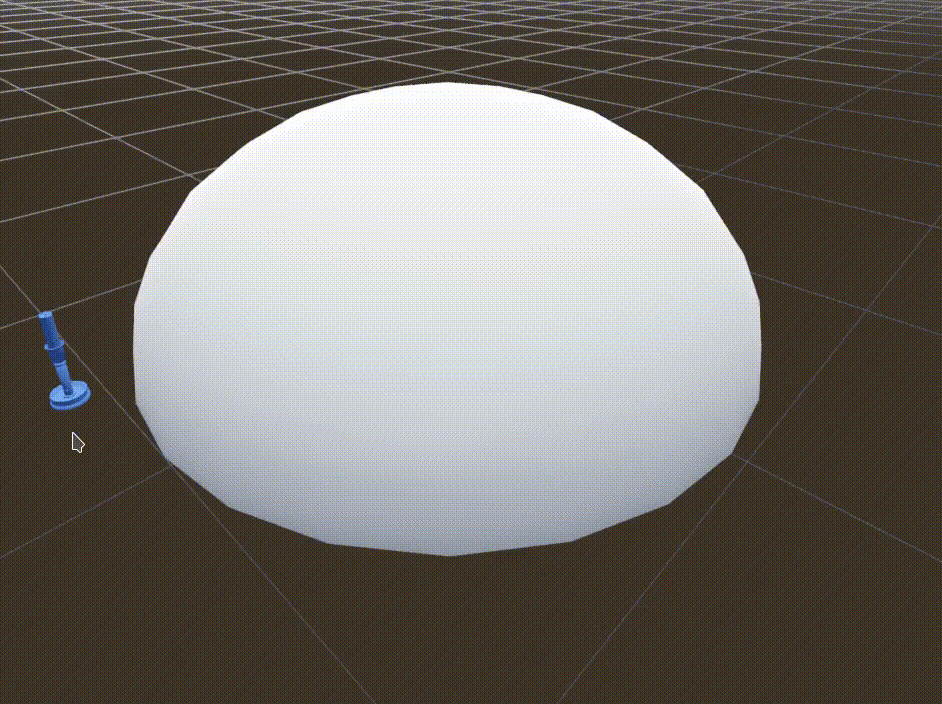
Conserve Angle drags the selection along the surface under the mouse, and does not affect the rotation of selected models. centered on the selection.
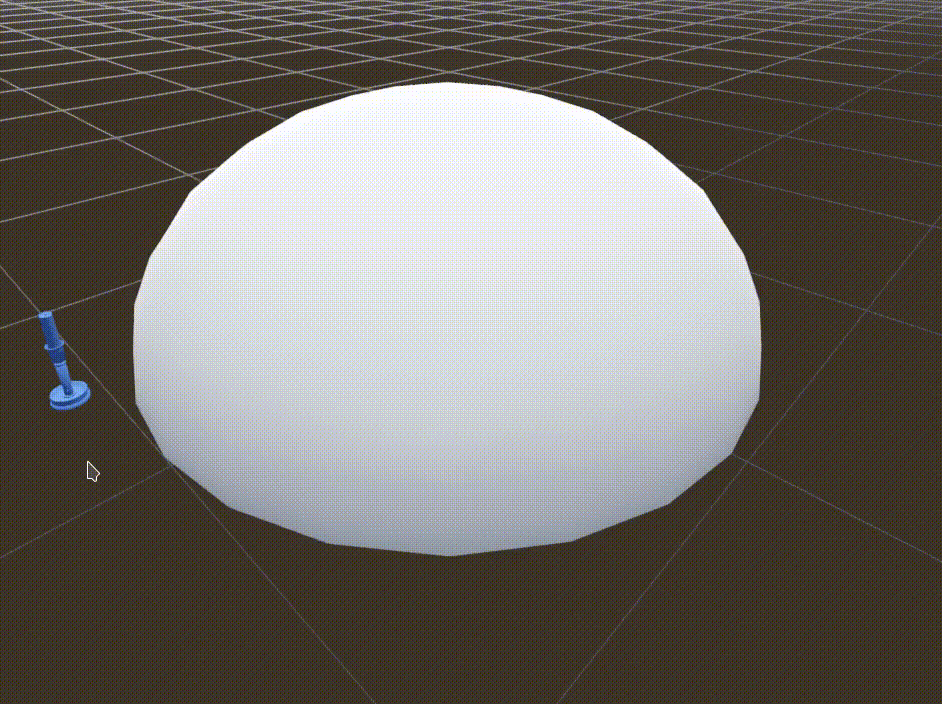
Align to surface drags the selection along the surface under the mouse, and rotate the selection along the surface normal. centered on the selection.
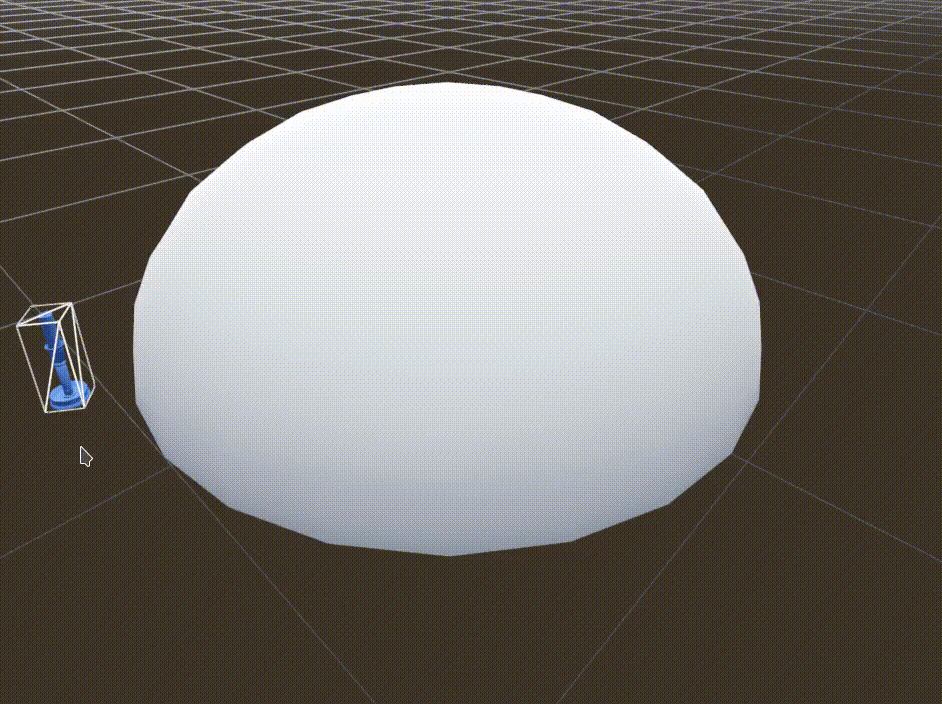
Smooth Align drags the selection along the surface under the mouse, and rotate the selection along the surface normal, accounting for neighbor surfaces’ normals, so that the rotation is smooth. centered on the selection.
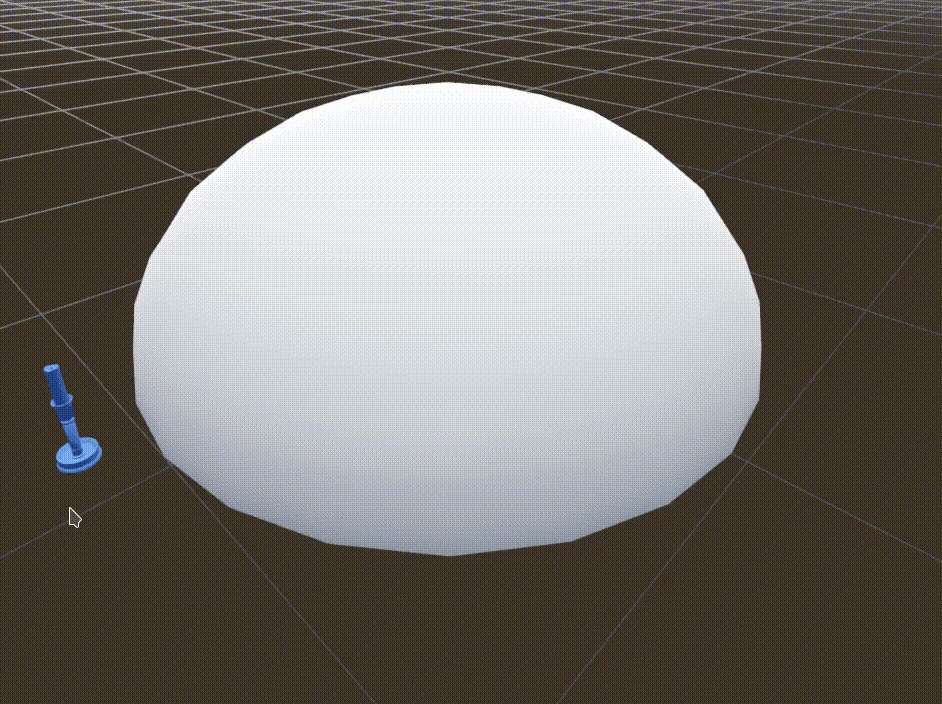
Gizmo Transformations Toggler
Those button show/hide translation/rotation/scale handles from the gizmo under the current selection.
Local/Global Changes Toggle
Changes are made in the global scope by default, where x/y/z axis are absolute for all models, no matter their current transformation. When local mode is enabled, transformation and rotation handles are aligned to the selection’s transform. This makes it easier to precisely place objets sometimes.
Grid Snapping
Grid snapping for translation (with gizmo handles) moves the selection by increments of n units, where n is set in the first text area after the button, 0.25 by default.
Grid snapping for rotation (with gizmo handles) rotates the selection by increments of n units, where n is set in the first text area after the button, 15° by default.
Grid snapping for scale (with gizmo handles) scales the selection by increments of n units, where n is set in the first text area after the button, 0.1 by default. Scale is relative to the size of the model, before a transformation is applied, so it’s never an absolute value.
Vertex Snapping Tool
Vertex snapping lets you precisely move a model so that the selected vertex of this model (source vertex) is at the exact same location as the selected vertex of another model (target vertex):
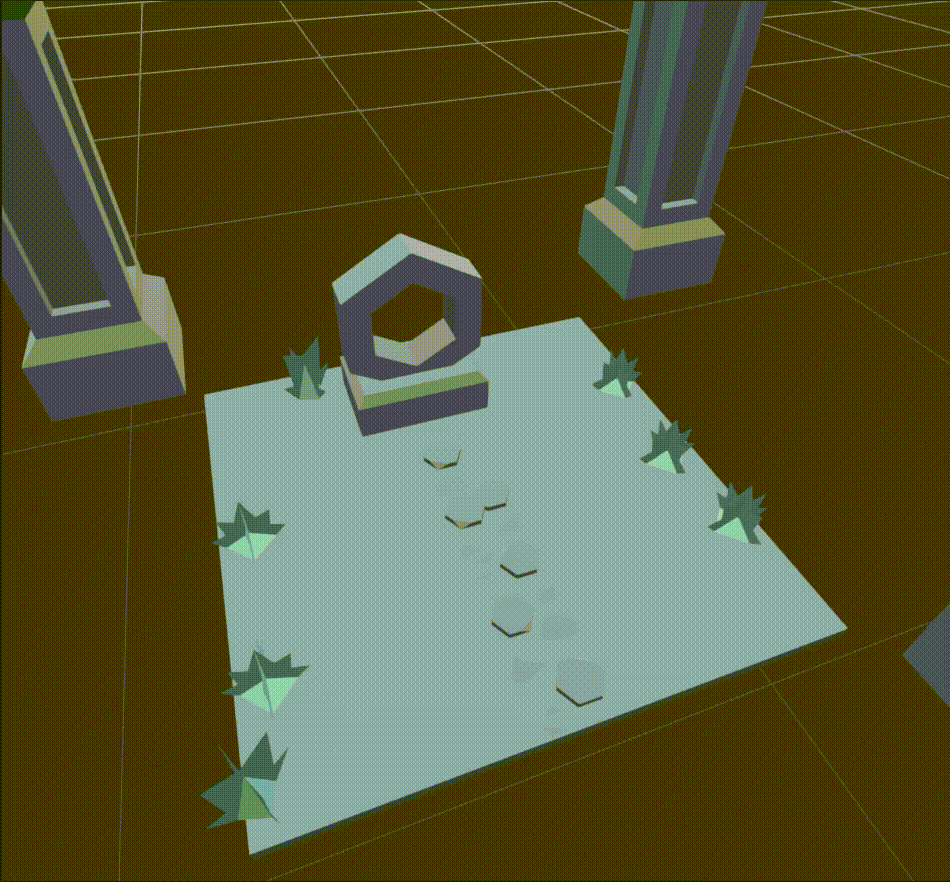
Note
Vertices are always moved from source to target. Please mind the order in which you select them!